Are you preparing for a business trip to South America? Whether it’s your first time or you’re a seasoned traveler, there’s always something new to discover. Business travel in South America can be exhilarating, challenging, and full of unexpected opportunities. From the bustling streets of São Paulo to the high-altitude meeting rooms in Bogotá, each destination holds its unique character and etiquette. But are you really ready for it? What cultural nuances might affect your business meetings? How do you stay connected and productive in unfamiliar environments?
In this ultimate guide to Business Travel in South America, we’ll help you explore everything you need to know—tips, hacks, etiquette, connectivity, safety, and much more—before you take off. This isn’t just another travel checklist; it’s a deep dive into what makes business trips in South America so distinct and how you can master them like a pro.
Why South America is a Rising Star for Business Travelers
South America is booming on the global business stage. With emerging economies, thriving tech hubs, and increased foreign investment, countries like Brazil, Chile, Colombia, and Argentina are no longer just tourist magnets—they are business powerhouses. São Paulo, for instance, hosts more than 90% of Brazil’s major international trade shows, making it the financial nerve center of the region. Meanwhile, cities like Santiago and Bogotá have become innovation hubs, attracting startups and multinationals alike. Investors, entrepreneurs, and corporate leaders are increasingly drawn here, not only for the markets but also for the creative talent and dynamic consumer base. Are you tapping into its full potential?
Essential Travel Documents and Visa Tips
Before you pack your bags, ensure you understand the visa requirements for each country you’re visiting. While some nations, like Brazil and Chile, offer visa-free access to travelers from North America or Europe, others—like Bolivia or Venezuela—require advance business visas. These often include an invitation letter from a local company, a return ticket, and sometimes proof of sufficient funds. Don’t underestimate the paperwork; delays at embassies can jeopardize your trip. Always check official government websites for the most up-to-date entry requirements.
Carry both digital and printed copies of your documents, including your passport, visa, travel insurance, and vaccination certificates. While mobile technology is widespread, in some regions of South America, paper still matters—especially at airports, hotels, or police checkpoints. Travel insurance isn’t just a formality either; it’s often a visa requirement and provides crucial peace of mind for health, theft, or flight disruptions.
Understanding Business Etiquette in South America
Business etiquette across South America is diverse, but understanding a few key principles can dramatically improve your meetings. Punctuality is highly valued in Chile and Peru, but in Argentina and Brazil, meetings often start 15–30 minutes later than scheduled. Build rapport before diving into negotiations; South Americans prioritize relationships over transactions. Expect meetings to begin with small talk about family, food, or local sports. Personal warmth matters—firm handshakes, direct eye contact, and friendly body language are appreciated. In Brazil, don’t be surprised if colleagues greet you with a pat on the back or even a hug after a successful meeting. Dressing sharply, with a preference for tailored suits or elegant business attire, signals respect and professionalism.
Reliable connectivity is a lifeline for business travelers. While most major cities offer decent Wi-Fi, coverage can vary significantly across regions. Purchasing a local SIM card on arrival is often the most cost-effective way to stay connected, but research providers and rates ahead of time. For more flexibility, consider eSIM services like Airalo or Flexiroam, which work in multiple countries. Hotels in business districts usually offer free Wi-Fi, but speed and reliability can vary—some charge extra for faster connections. Co-working spaces like WeWork and Impact Hub are excellent alternatives, offering high-speed internet, printing services, and networking opportunities.

Bring a portable mobile hotspot as backup, especially if you have meetings on the move or in less urban areas. Download offline maps and translation apps ahead of time—they’ll help you navigate airports, taxis, and local services even if your signal drops.
In South America, business relationships are often sealed over meals, not just in boardrooms. Expect late dinners, often starting after 8 p.m., and don’t be surprised if wine, pisco, or caipirinhas make an appearance at the table. Food culture varies—Argentina is famous for its steakhouses, Peru for its world-class ceviche, and Brazil for its lively churrascarias. Sharing a meal is seen as a key part of trust-building, so take time to enjoy it. Showing interest in local traditions, sports (especially football), or current events can score extra points and spark great conversation. Being open to cultural immersion—whether attending a local festival or learning a few key phrases in Spanish or Portuguese—can deepen business ties more than you might expect.
Safety Tips for Business Travelers
While most business hubs in South America are safe, smart precautions go a long way. Use registered taxis or ride-hailing apps like Uber or Cabify. Leave expensive jewelry and watches at home, and avoid flashing smartphones or laptops in public spaces. Stay alert in busy transit hubs and keep your belongings close. Notify your office or contacts back home of your travel itinerary. Most hotels in central districts offer 24-hour security—use safes for valuables and keep copies of your documents stored separately from originals.
Best Cities for Business Travel in South America
Looking for the top destinations for Business Travel in South America? Here’s a quick guide:
- São Paulo, Brazil: The financial heart of South America with global headquarters, events, and tech startups.
- Bogotá, Colombia: An innovation hub with a growing bilingual workforce and excellent international connections.
- Santiago, Chile: Known for stability, safety, and easy access to both Pacific and Latin American markets.
- Lima, Peru: A rising star with a strong trade network, vibrant culinary scene, and expanding business sector.
- Buenos Aires, Argentina: A creative powerhouse attracting media, design, and tech industries alongside traditional businesses.
What to Pack: Smart Business Travel Checklist
- Business cards (with translations on the reverse if possible)
- Plug adapters (Type C, N, and others as required)
- Comfortable walking shoes for exploring between meetings
- Backup power bank and charging cables
- Formal and casual business attire for varied settings
- Weather-appropriate layers (South America’s climate can shift dramatically)
- Noise-canceling headphones for long flights and busy environments
Business travel in South America isn’t just about deals and deadlines—it’s about connection, adaptability, and cultural discovery. By preparing well, respecting local customs, and staying flexible, you can transform every business trip into a memorable and rewarding experience.
Have you traveled for business in South America? What lessons or stories did you take home? Share your experiences in the comments—we’d love to hear from you and help fellow travelers succeed on their next journey.
For more travel insights, expert guides, and business tips, follow us on social media and visit WentWorld.com. Let’s make every trip count!
Catch up on the top stories and travel deals by subscribing to our newsletter!



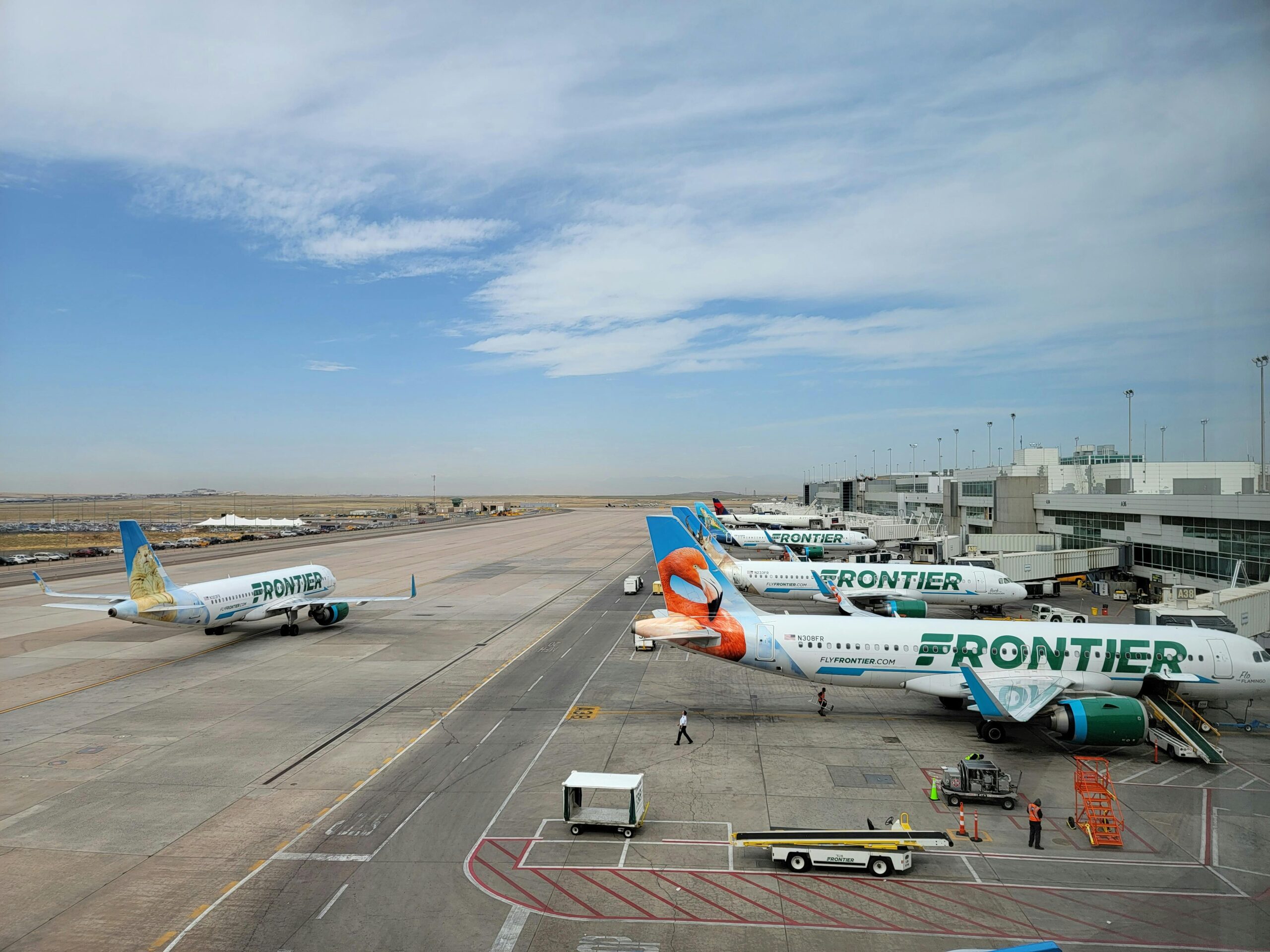
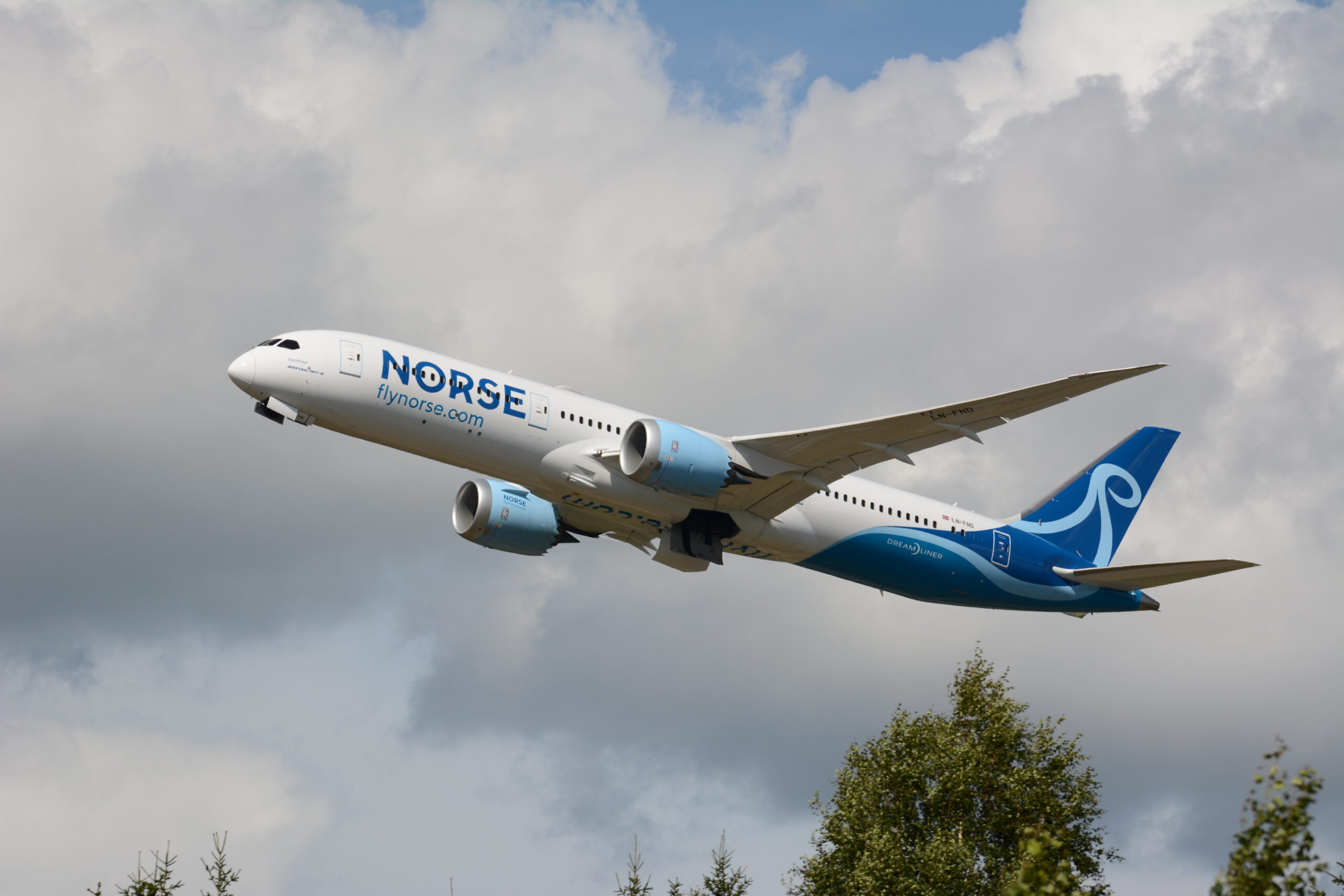
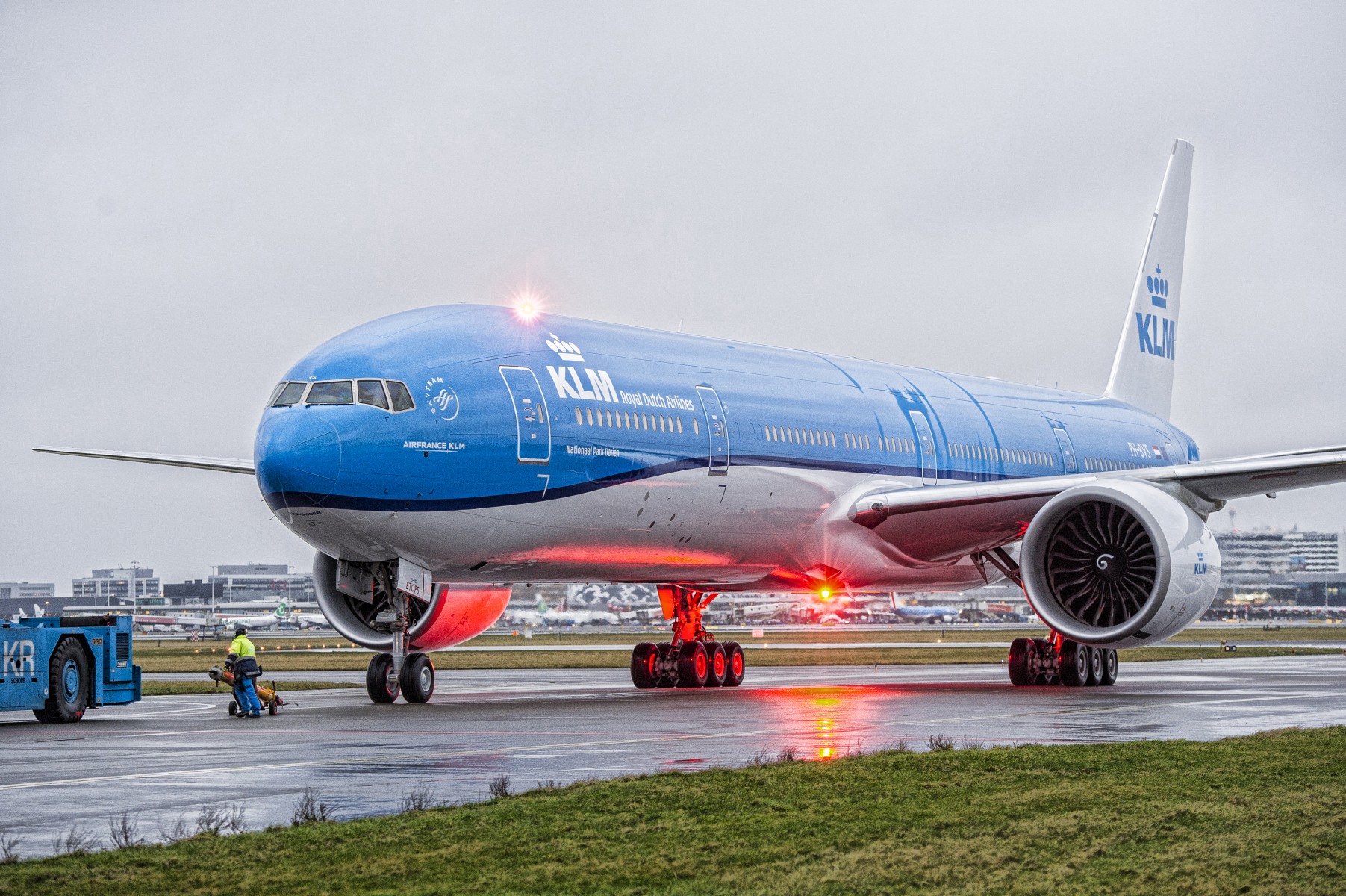
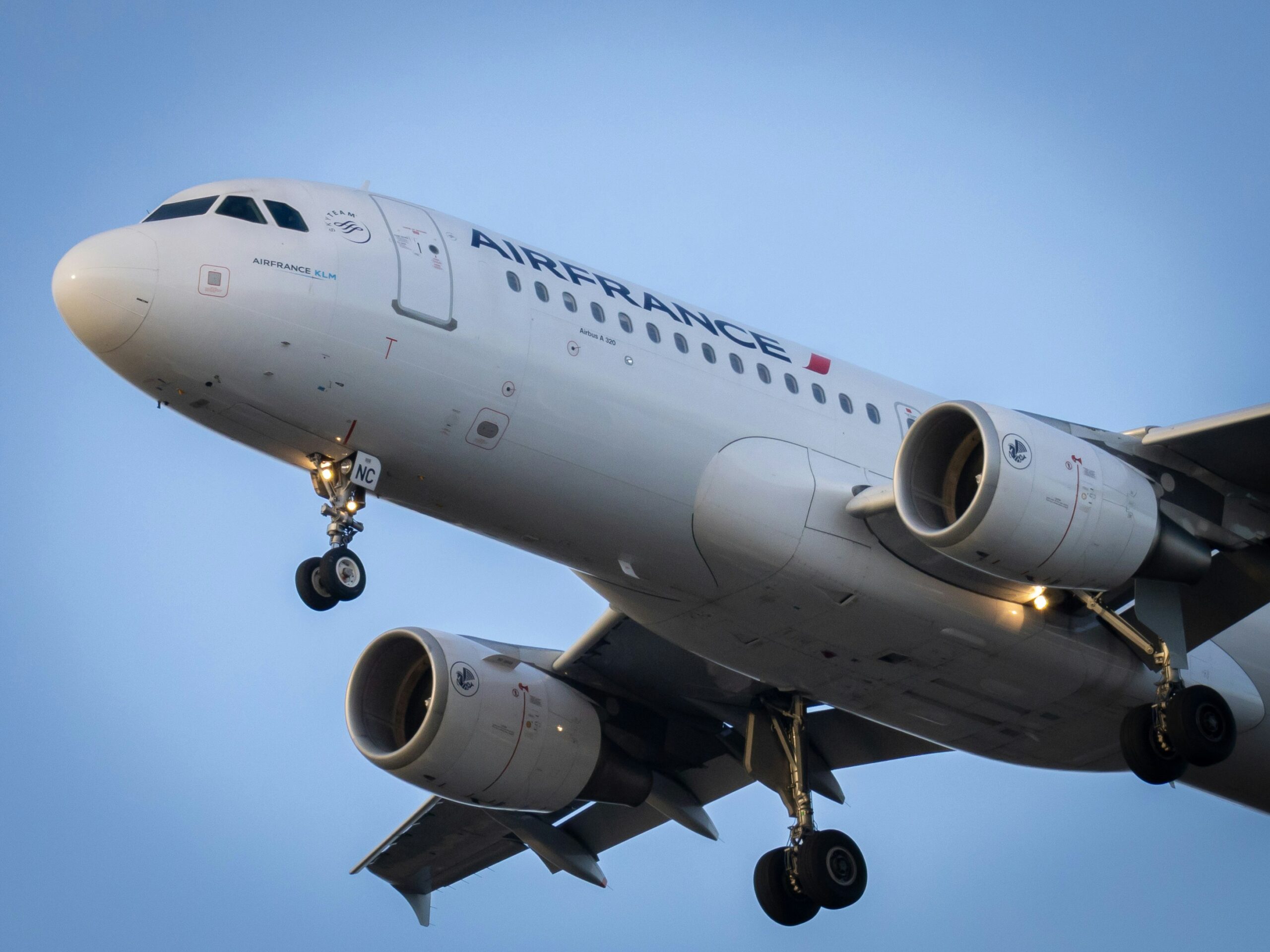
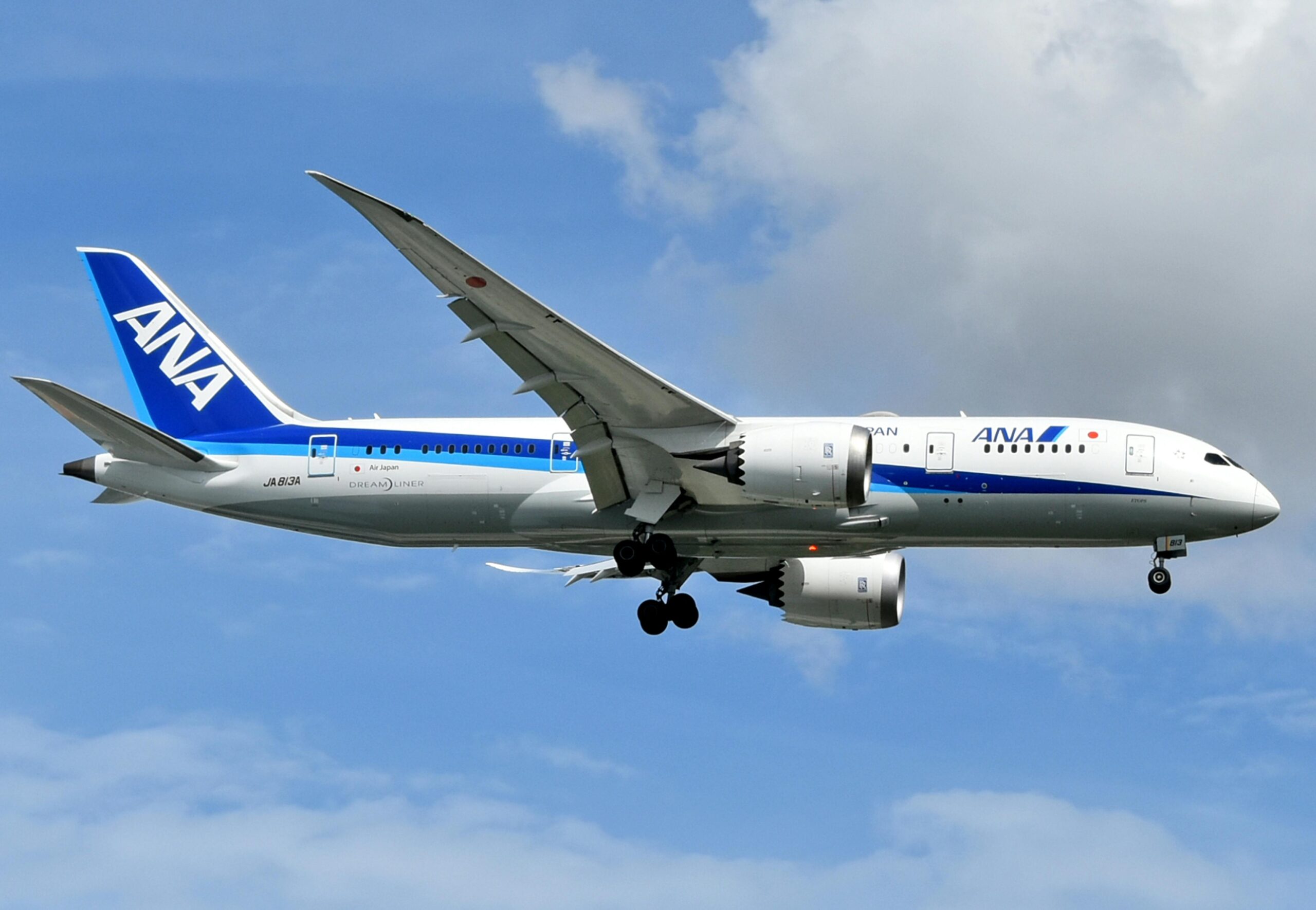

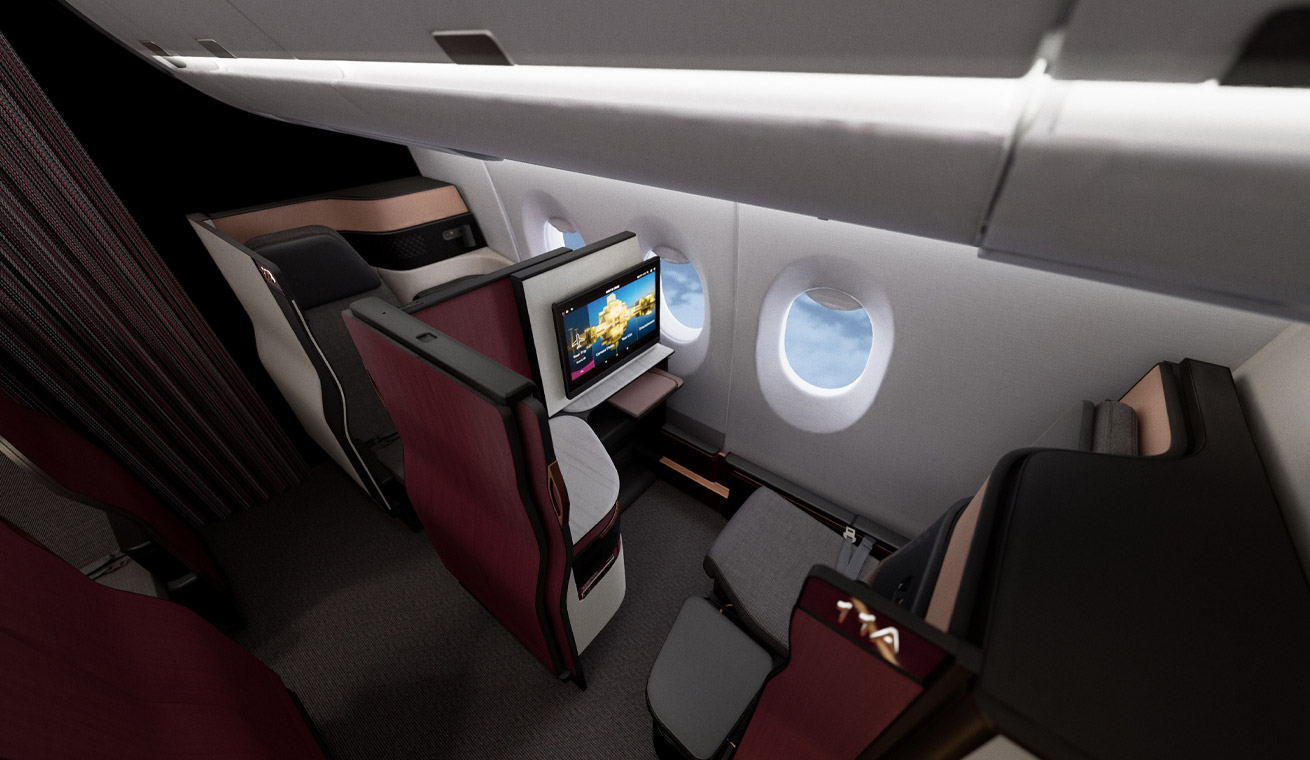

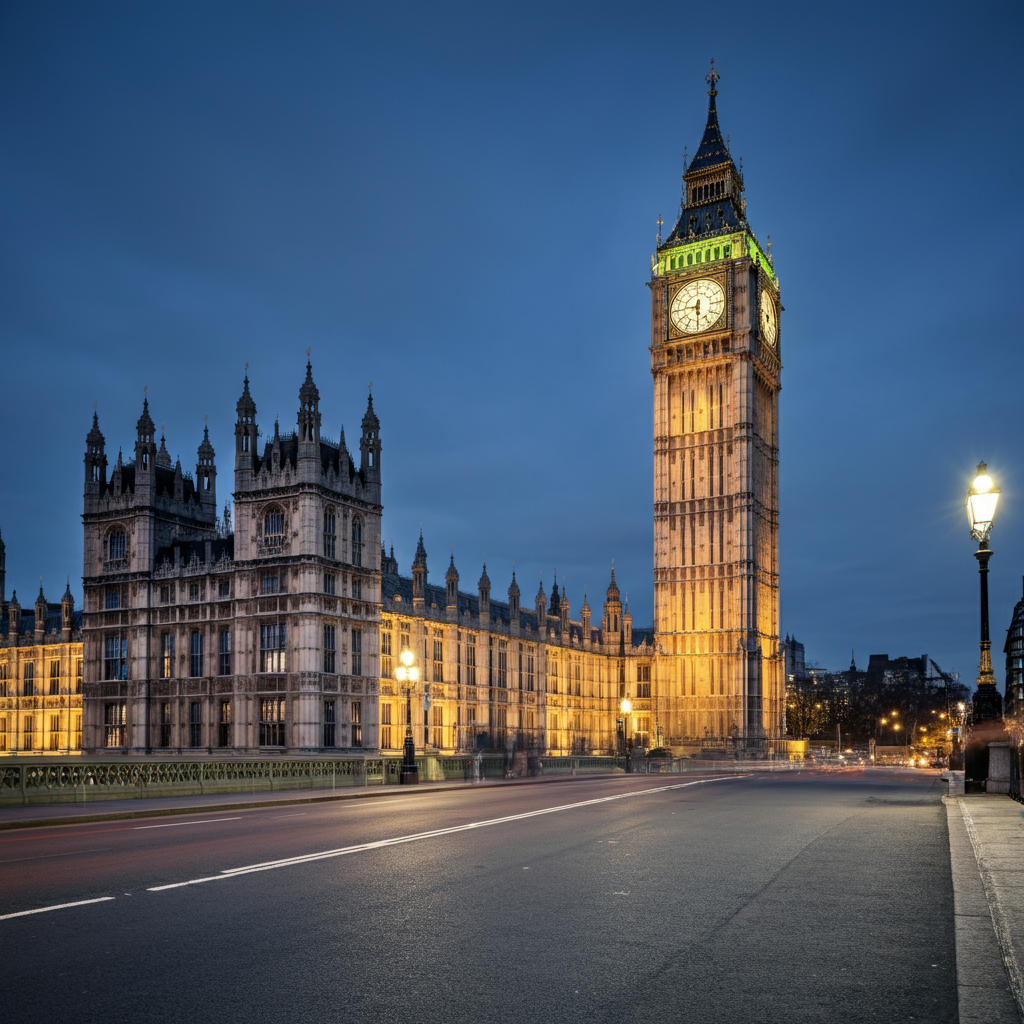
Leave a Reply